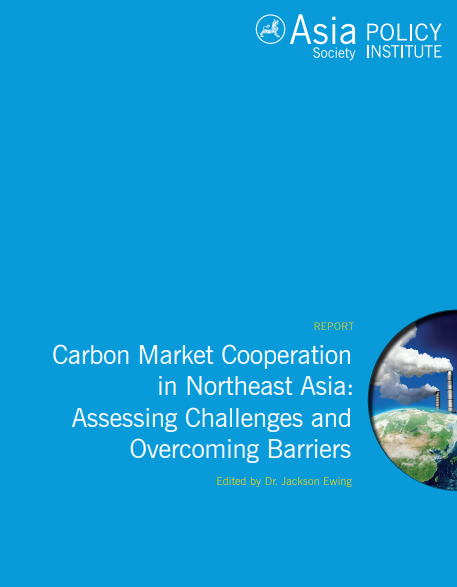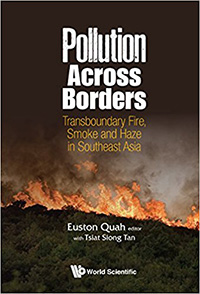Publications
LNG Supply Chains: A Supplier-Specific Life-Cycle Assessment for Improved Emission Accounting
Global trade in liquefied natural gas (LNG) is growing significantly, as is interest in the life-cycle greenhouse gas (GHG) emissions associated with LNG. Most assessments of life-cycle GHG emissions from LNG have employed national or regional average emission estimates; however, there is significant variability in emissions across different suppliers and across the natural gas supply chain. This work describes a framework for compiling supplier-specific GHG emission data for LNG, from the producing well to regasification at the destination port.
Greenhouse Gas (GHG) Emission Mitigation and Ecosystem Adaptation along Belt and Road Initiative
Since its launch in 2013, the Chinese Road and Belt Initiative (BRI) has grown into a platform for any countries and regions that wish to participate, with global connectivity as the orienting goal. However, since its inception, concerns over the BRI’s potential impacts on ecology, environment and resilience, as well as its implications for global climate change and sustainability, have gathered force. As this thematic issue goes to press, these already complex BRI issues have been compounded by challenges from the COVID-19 pandemic.
Does China’s Carbon Emissions Trading Scheme Really Work? A Case Study of the Hubei Pilot
China launched seven emissions trading scheme (ETS) pilots in 2011, and a national ETS, at the end of 2017 in an attempt to reduce its greenhouse gas emissions (GHGs) and drive its extensive energy transition in a cost-effective way. The Hubei province pilot ETS has operated since 2014, and an analysis of its effectiveness can provide lessons for the nascent national system.
Carbon Market Cooperation in Northeast Asia: Assessing Challenges and Overcoming Barriers
China, Japan, and the Republic of Korea are emerging as major players in the global carbon trading landscape. As Northeast Asia's biggest industrial economies, these three countries are connected through deep commercial and trade ties, and shared environmental challenges. There are thus growing calls for these markets to manage differences to build a foundation for more extensive carbon market cooperation. This Asia Society Policy Institute report draws on the expertise of a wide range of scholars and practitioners to help equip policymakers and other stakeholders with information and guidance on the potential of and pathway toward carbon market linkage in Northeast Asia. This volume includes 11 chapters that examine the challenges of and approaches to carbon market cooperation and linkage in Northeast Asia.
Business Sector Action to Drive Carbon Market Cooperation in Northeast Asia
The expansion of carbon markets in China, Japan, and the Republic of Korea have laid the foundation for discussions on potential carbon market cooperation within Northeast Asia, and the role of the private sector is vital for achieving success in this space, according to a new Asia Society Policy Institute and KPMG Samjong report. The authors present how carbon market linkage within China, Japan, and Korea could take place in unison with industry preferences.
Indonesia's Uphill Battle Against Dangerous Land Clearance
Indonesia and its neighbors have recently experienced the worst transboundary haze episodes in their history, according to the book Pollution Across Borders: Transboundary Fire, Smoke and Haze in Southeast Asia. The chapter "Indonesia’s Uphill Battle Against Dangerous Land Clearance" explains the three major factors in these haze episodes: the palm oil and pulp and paper sectors, changing weather patterns, and policies that are not keeping up with business and environmental forces, preventing them from appreciably changing short-term conditions in Indonesian plantations.






